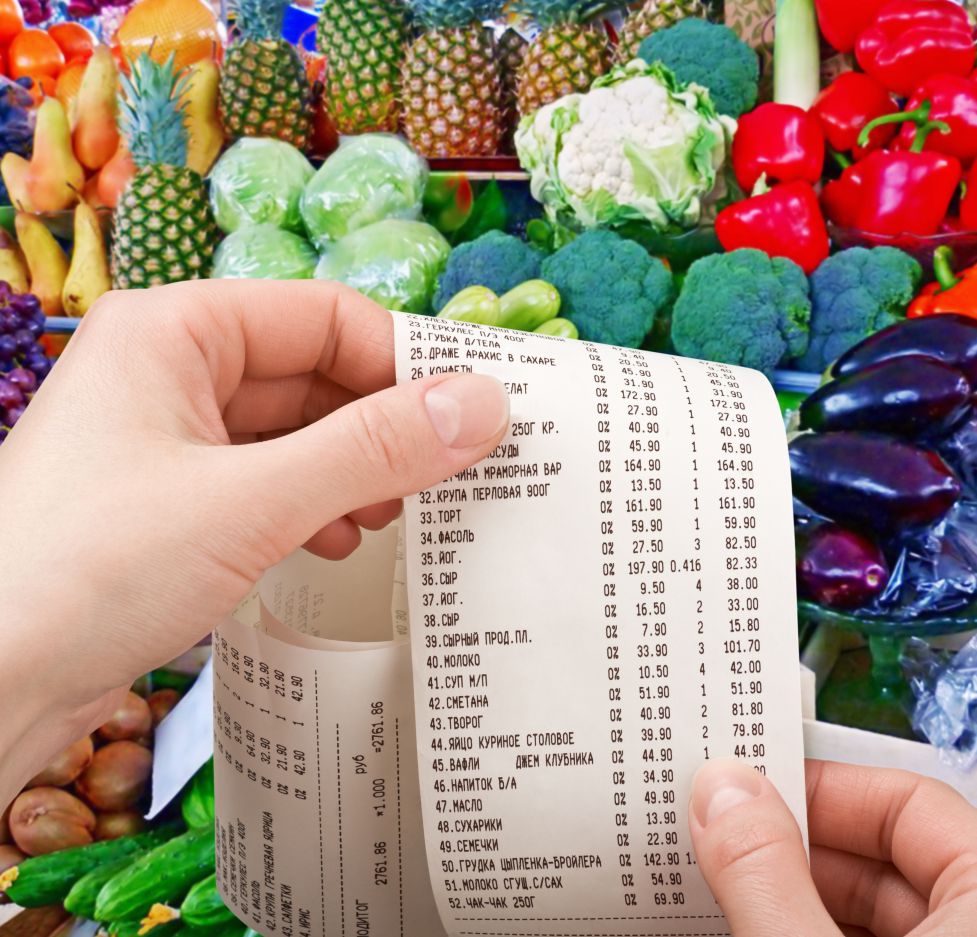Chapter 8. Food Insecurity Around the World and in the United States
8.1 Synopsis
Welcome
Food Insecurity Around the World and in the United States
This activity explores how rates of food insecurity vary, both around the world and within various types of households in the United States.
Click the 'Get Started' button below to start this activity

8.2 Food Insecurity Around the World and in the United States
Prevalence of Food Insecurity Around the World
Households that are uncertain of having, or are unable to acquire, enough food to sustain all individuals in the home—either because of insufficient money or lack of other resources—have food insecurity. Children are most vulnerable, as inadequate food intake can lead to serious health, behavior, and cognitive deficits.
Wealthy countries tend to have lower rates of food insecurity, but the United States is a notable exception: Its prevalence of food hardship is more similar to that of China than of France.
8.3 Food Insecurity Around the World and in the United States
Prevalence of Food Insecurity in the United States
In 2015, 12.7 percent (15.8 million) of all U.S. households were food insecure at some point during the year, compared to 14 percent in 2014. Despite this decrease, one-fourth of food-insecure households in 2015 experienced such hardship frequently or chronically.
Click on each button to see what percentage of U.S. households with and without children experience food insecurity.
8.4 Food Insecurity Around the World and in the United States
Food Insecurity Around the World and in the United States

Question 8.1 Food Insecurity Around the World and in the United States
R32vxEOD7ojtE1cBMTV+WMowFHUWEzy460Bs2PyX/CbO/gMcC0m6QsYhClb1oykSU5feLXhrX9cX1i9O4HavduMIPnh3rOylpTr71A3mod9BRYbk/sKmCMTMkQLwqITxzdNLa/2aH9fUaNoji1pzknQtCb56HocaoJNIWk74Sp2cFvsBzA30Qc4CtRybM26fm1XC3z/FAOi1kP0dMUiKklHeA0cfSJjOPLVEJVmPjzlT9ocXANcC50C/6bV9K9istsPVfGA4gzpF4mtm0PylTCiQx6sGRTcWhwQ+7fRmc9e1Dxw3flziZYrM2jJZwFP2iKftfb5b6K/D4z82ZVROQWjSR7ApbMoCnXa5p3R0Ln6tMwwLXVVIlbZexbQcvzwnmOQxEdNdAK29Mp0r6SaNt+xTdoUC0aZon54kIZcly8+3r8jkIqsDTMWjWisTrrL7pINrp7z+YKNHUCS1NFQ9BQXQxv04Bcpi6X/v+DPGI2dJCgzFYPXsGt27XyS/+Qo214GHFpiWPOIN8uSGfd0JAJGtvgP/sKWPiKWQXjGN3KeXrhr68.5 Activity Completed!
Congratulations! You have completed this activity.
REFERENCES
Food and Agriculture Organization of the United Nations. (2016, February 9). Food security indicators. Retrieved from: http://www.fao.org/economic/ess/ess-fs/ess-fadata/en/#.V_eas9wbqf6
Coleman-Jensen, Alisha; Rabbitt, Matthew P.; Gregory, Christian A. & Singh, Anita. (2015). Household food security in the United States in 2014. Washington, DC: U.S. Department of Agriculture, Economic Research Service.
Coleman-Jensen, Alisha; Rabbitt, Matthew P.; Gregory, Christian A. & Singh, Anita. (2016). Household food security in the United States in 2015. Washington, DC: United States Department of Agriculture.